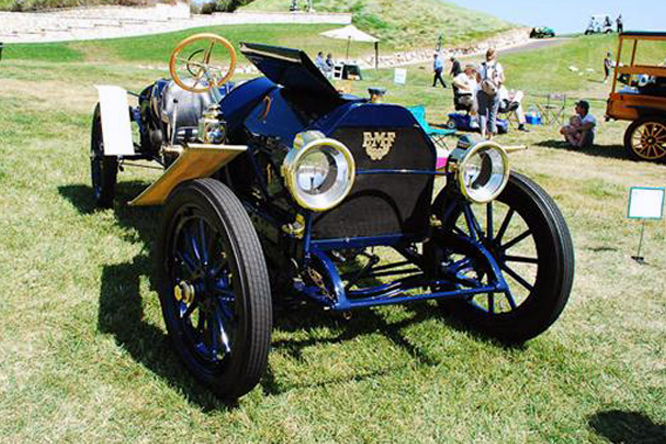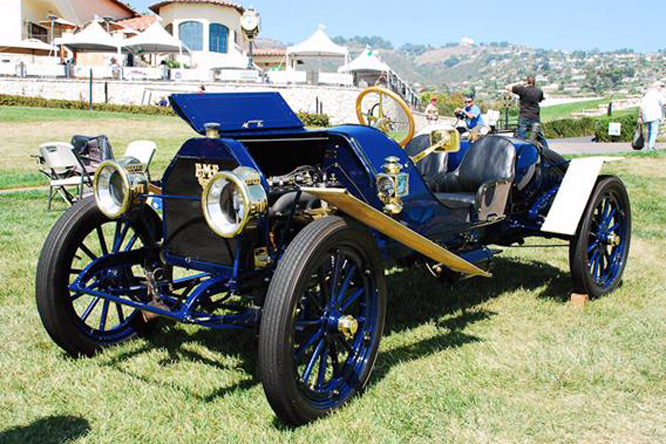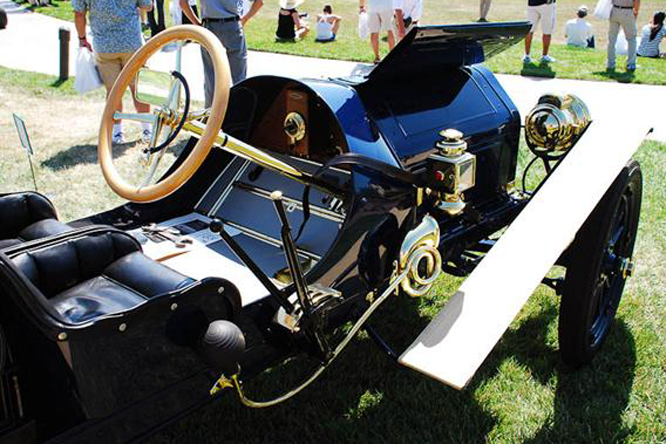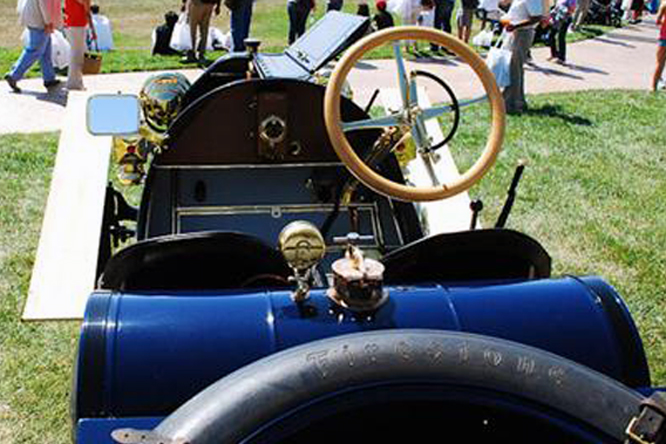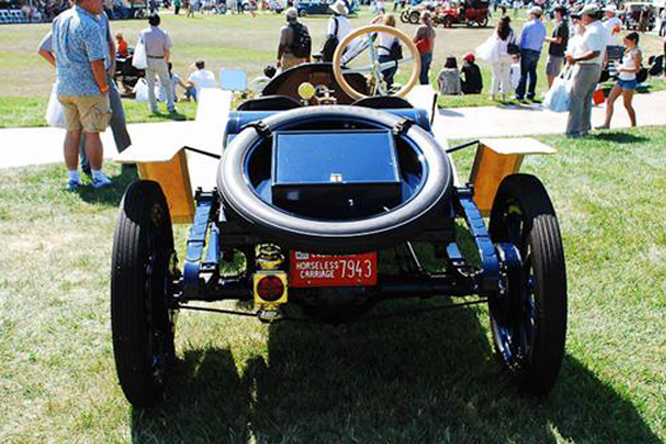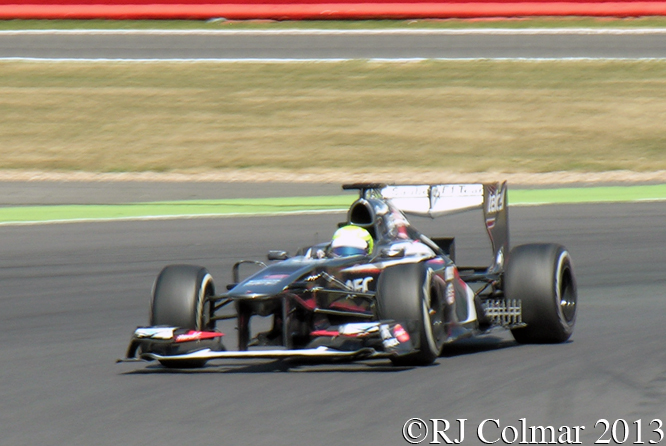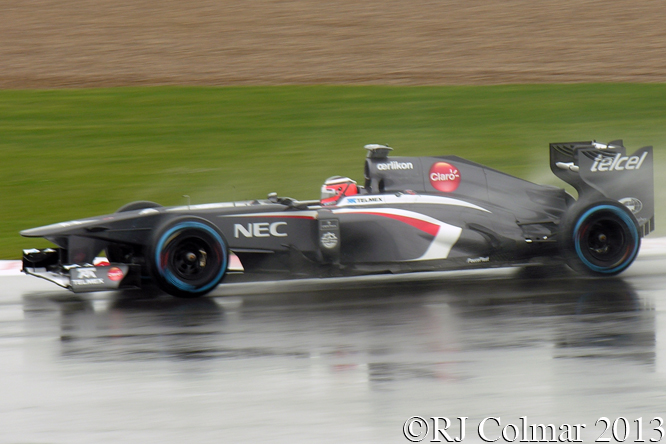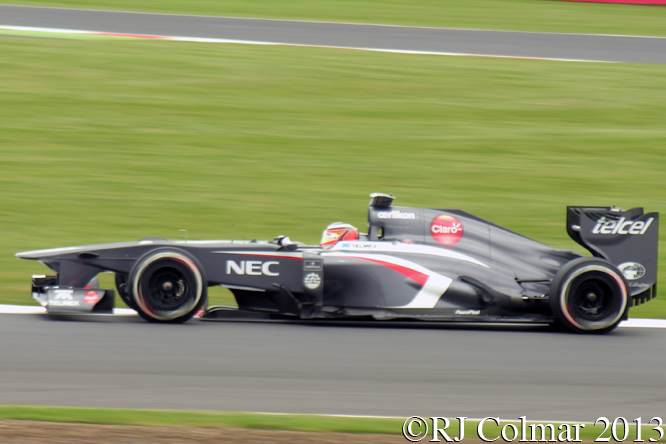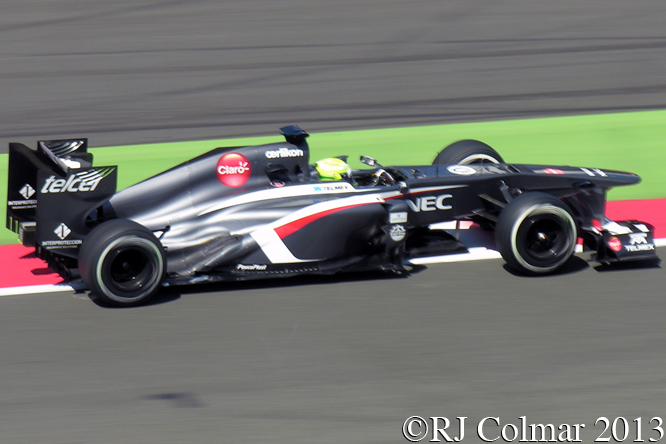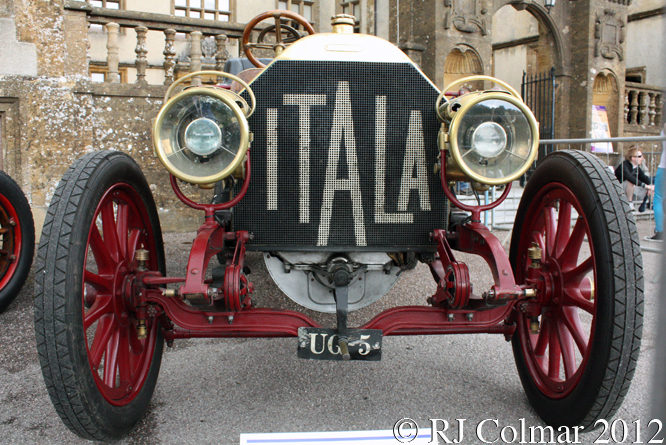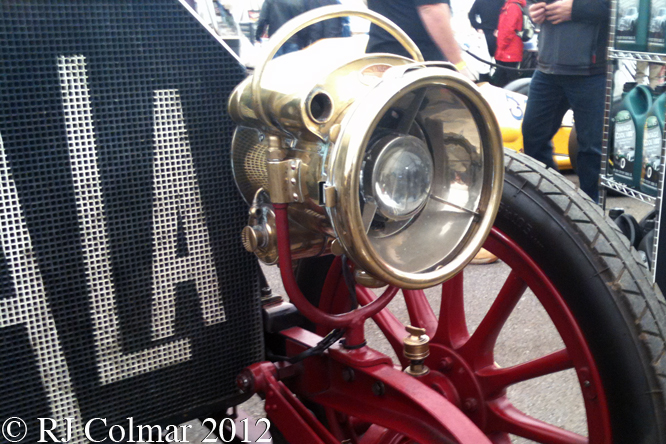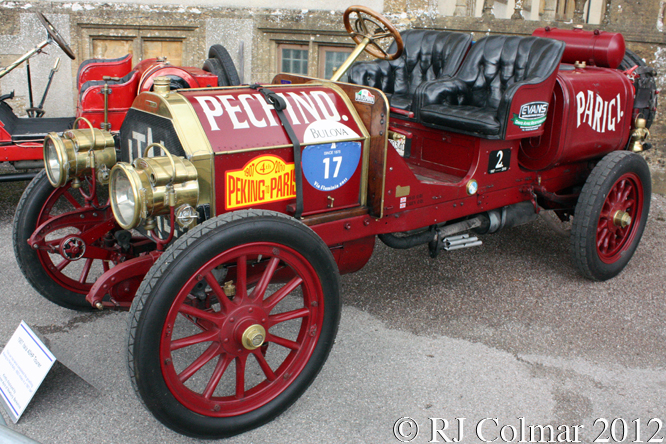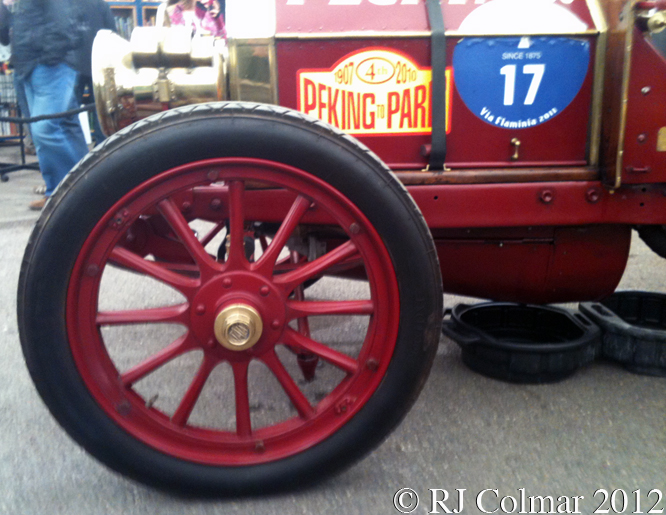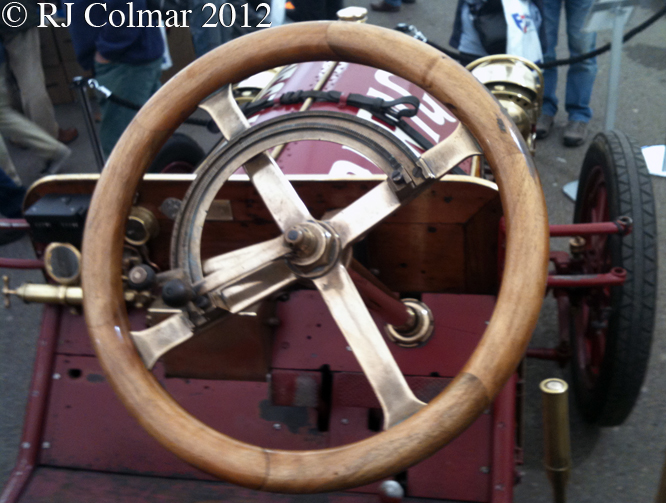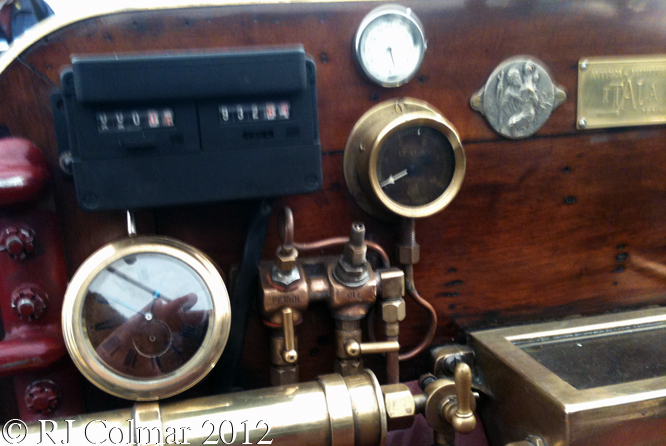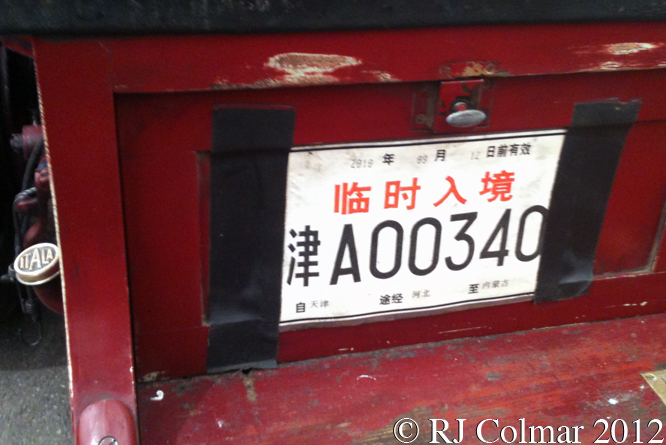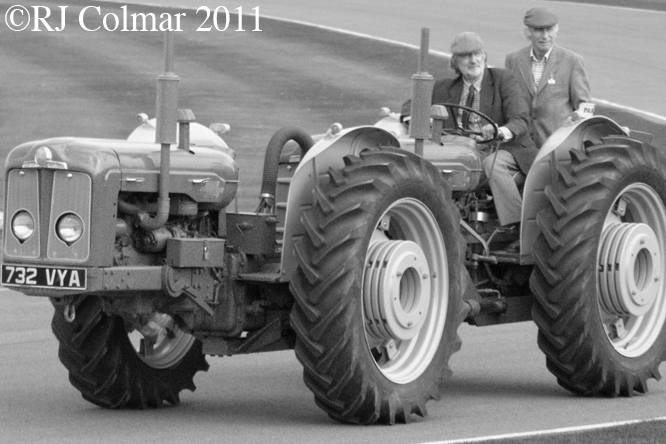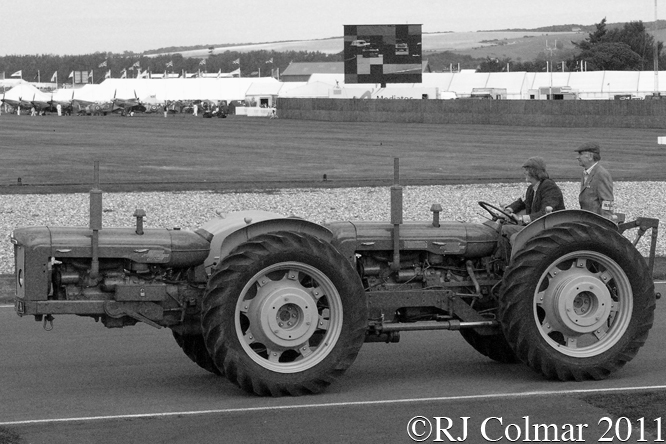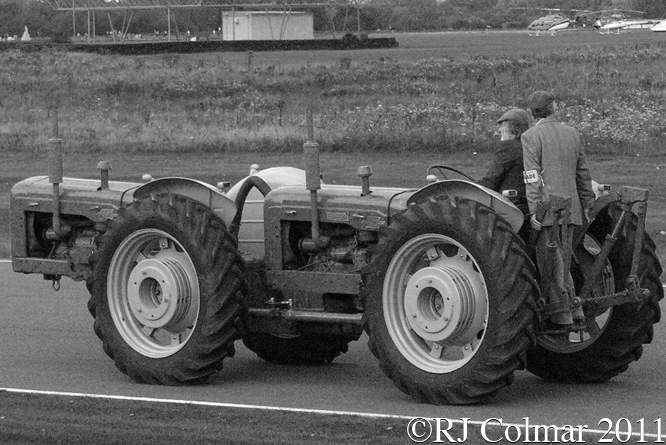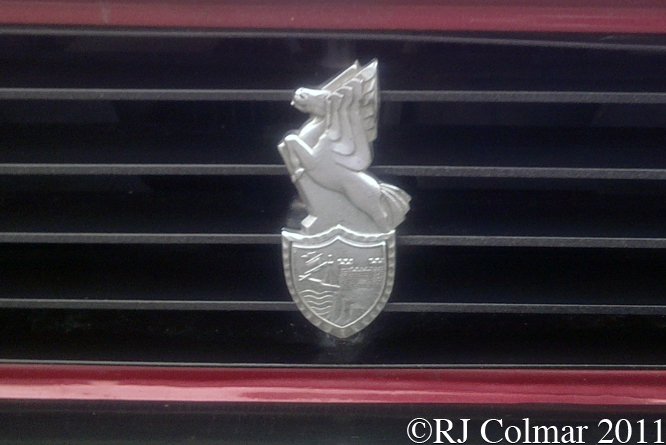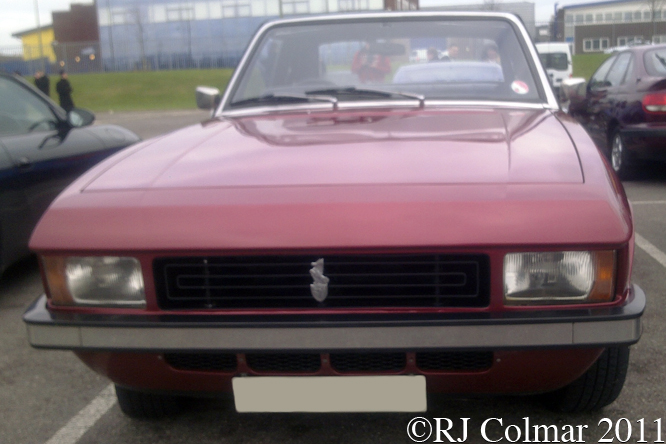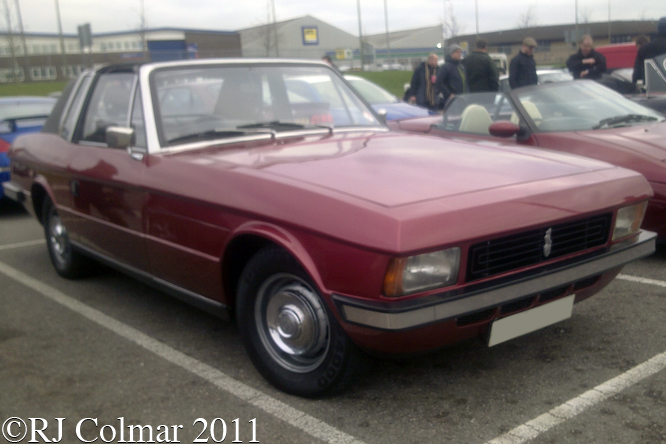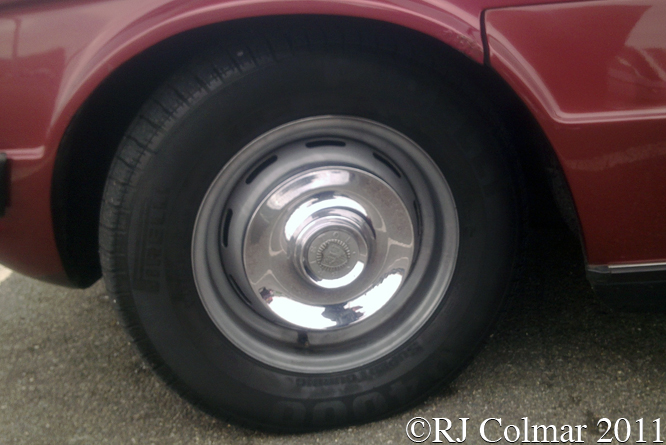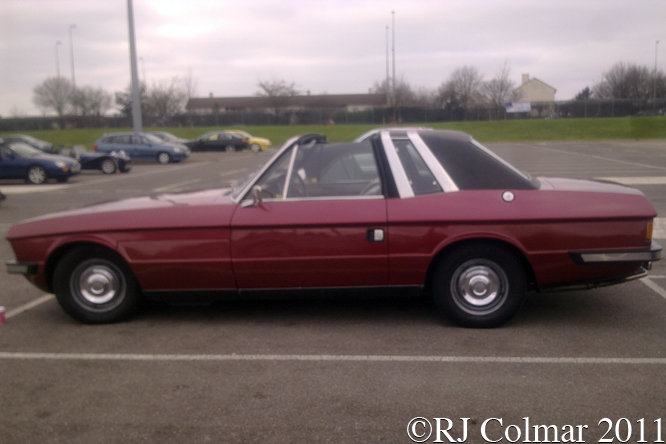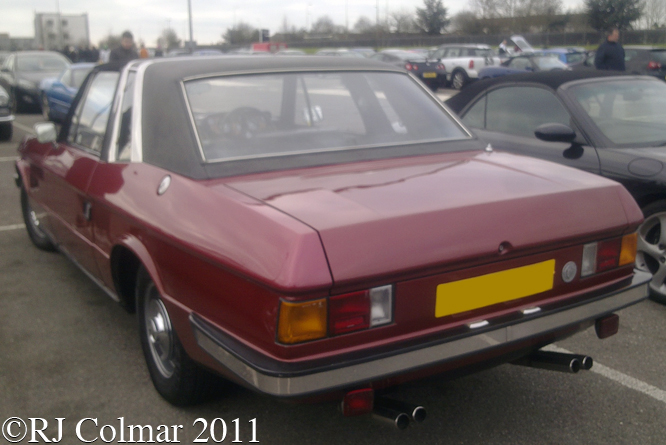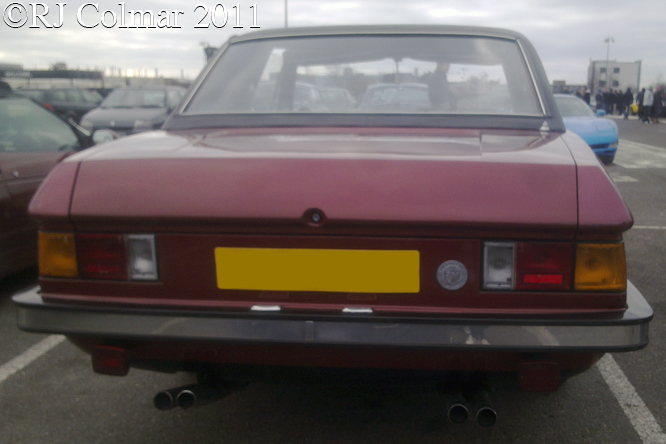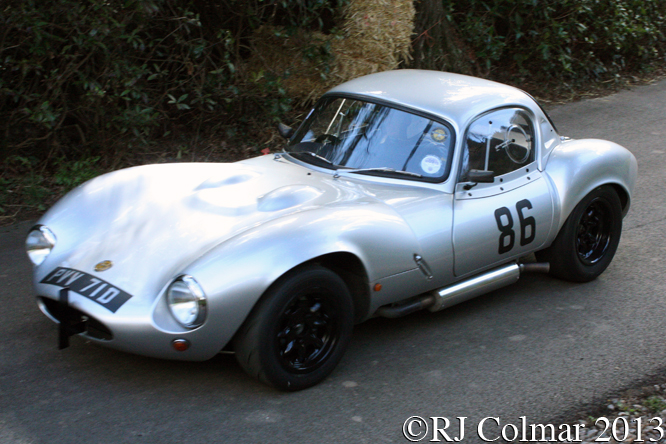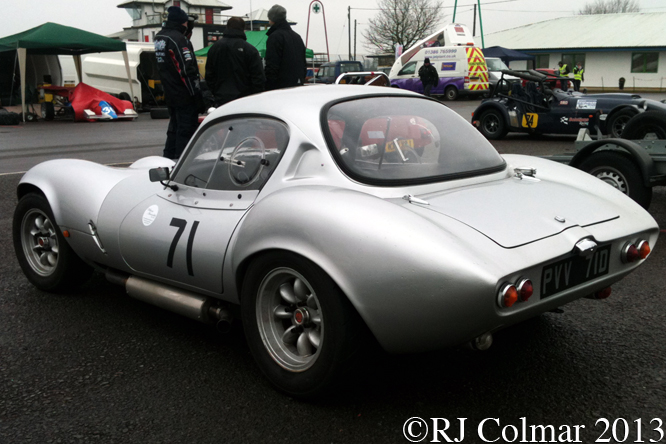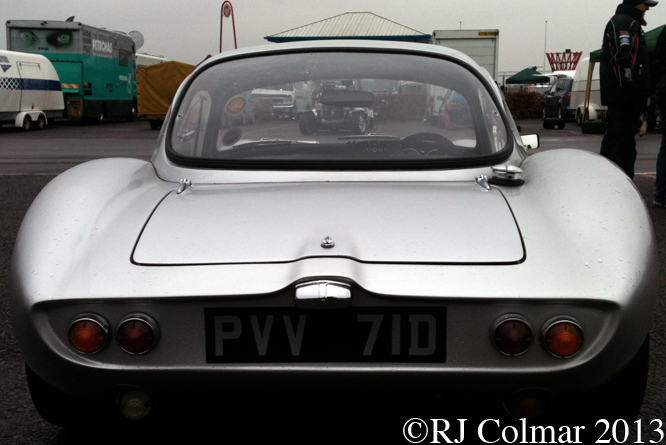Blacksmiths, wheelwrights and coachbuilders Coombs of Guildford was founded in the 19th Century. Descendant of the founders John Coombs was taken to Brooklands before the 1939-45 was and on completion of his apprenticeship in 1949 began motor racing in open wheelers and sportscars with some success. He retired from race driving, after winning two races in a day at Mallory Park, because his business commitments no longer gave him the necessary time to compete, so he made the switch to becoming an entrant.
Teaming up with some of the best drivers of the day including his former Connaught team mate Roy Salvadori, BRM driver Ron Flockhart, John built up an excellent reputation with Coopers and Jaguar’s as Coombs of Guildford grew to become a major Jaguar dealership. When he was told Lotus founder Colin Chapman was interested in buying a Jaguar John had no hesitation in putting Colin, against whom he used to race, in one of his cars for a race at Silverstone which Colin promptly won and suitably impressed Colin duly placed his order.
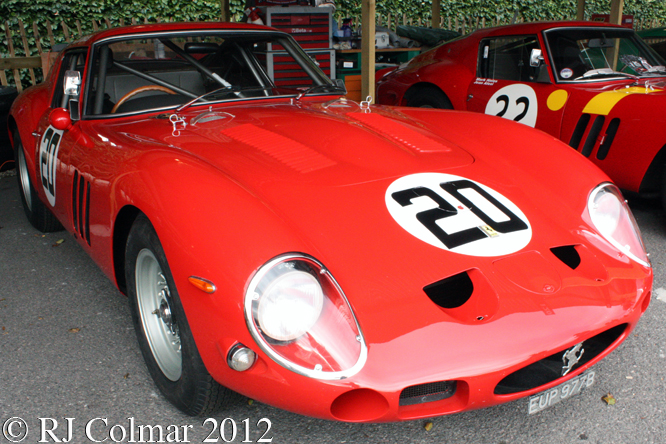
In July 1962 John took delivery of a white right hand drive Ferrari 250 GTO chassis #3729GT after it became clear that the Jaguar E-Type was too heavy to compete against Maranello’s finest. Despite being driven by the likes of Salvadori, Graham Hill and Mike Parkes, all of whom were or went on to compete in Formula One, the car did not record any victories in 1963 but it did record a string of second places.
John also sent the car to Coventry where Jaguar made a close inspection of it before building John the first of 11 lightweight E-types with aluminium mononcoques and engine blocks.
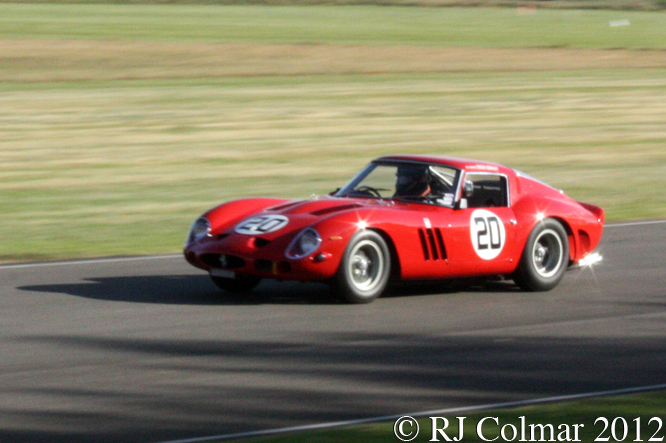
In 1964 Viscount Eddie Portman took over ownership of #3729GT who added another second place result before it was entered for Ritchie Ginther to drive in the Tourist Trophy run at Goodwood where he finished 9th.
JA Pearce of JA Pearce Engineering then used #3729 in a couple of sprints run at Brighton and Blackbushe airport in late 1964 and early 1965.

John also known as Jack Pearce spotted the opportunity for building a formula one car for the new 3 litre / 183 cui regulations which became effective from the beginning of 1966 using a 250 GTO motor. For many years it was believed that the motor from #3729 found it’s way into the back of the JA Pearce 1964 Cooper T73 built originally for the older 1.5 litre / 91.5 cui formula.
In fact Chris Lawrence, who drove and co owned the Cooper Ferrari, many years later discovered that instead of having a Ferrari 250 GTO motor the Cooper was actually fitted with a on older less powerful motor that came out of Rob Walkers 1961 Ferrari 250 SWB #2735GT which had been driven by Stirling Moss to a string of five race victories. Unfortunately the unique Cooper Ferrari T73 was destroyed in a transporter fire at Silverstone in 1967, although the charred remains of both the motor and car are known to still exist.
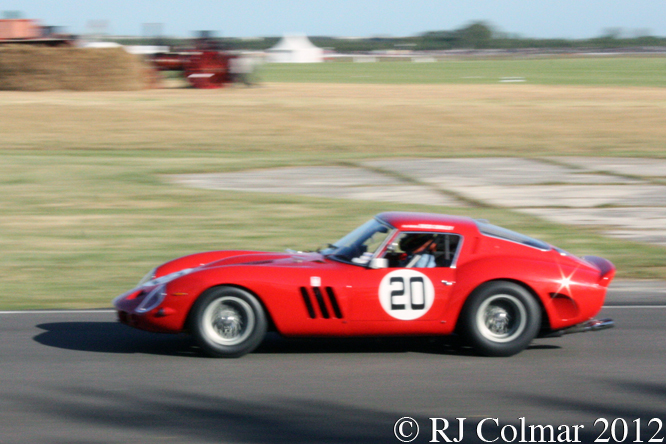
After #3729 had been sold on to noted historic racer Neil Corner in 1966 it was painted red and from 1970 to 1999 it belonged to 1958 and ’63 British Saloon Car Champion Jack Sears, who had raced the #3729 for John Coombs at Brands Hatch and Snetterton in 1963.
1n 1999 current owner Jon Shirley bought the car and had a new engine block installed by Ferrari Classiche nine years later.
Thanks for joining me on this “The White RHD One” edition of “Gettin’ a li’l psycho on tyres” I hope you will join me again tomorrow. Don’t forget to come back now !


